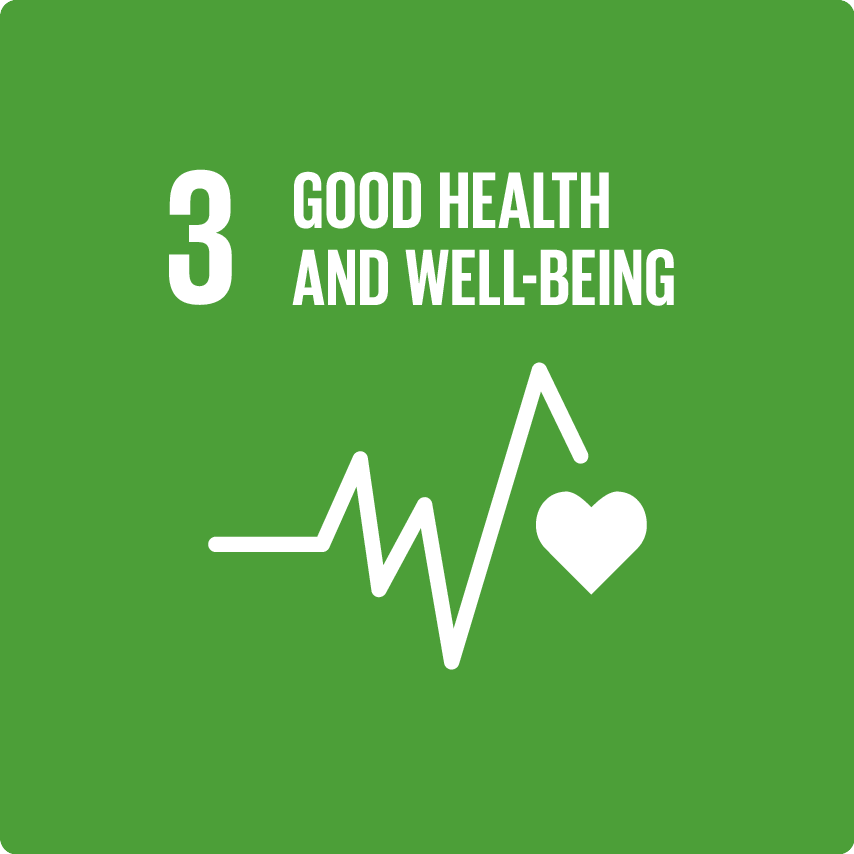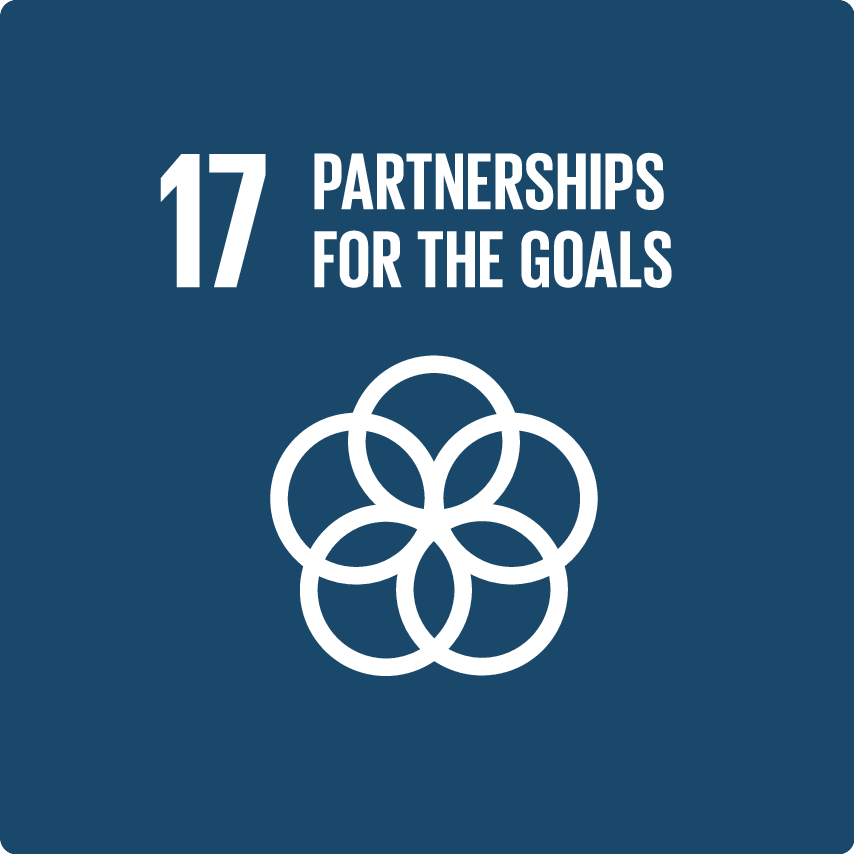Chronic Care Program in sub-Saharan Africa (SSA)
Takeda in partnership with Amref Health Africa has been working to deliver a comprehensive diabetes and hypertension program to address prevention, early screening, diagnosis, care, and treatment for these conditions in the community and primary health care system in Kenya.
SEE ALL PARTNER ORGANIZATIONS
Objectives
- Improve the care and management of patients living with diabetes and hypertension in rural and LMICs.
Takeda has been working with Amref Health Africa to deliver a comprehensive diabetes and hypertension program in Kenya that is addressing prevention, early screening, diagnosis, care, and treatment for these conditions in the community and primary health care system in Kenya. The program is intended to be eventually expanded throughout the sub-Saharan region, where chronic non-communicable diseases (NCDs) are the leading cause of death in some age groups.
This program targets chronic NCDs specifically diabetes and hypertension. The core objective of the program is to ensure that patients receive improved care. It is being delivered in a number of counties in Kenya with the cooperation of the Ministries of Health in those counties. Through this program, trained community health workers raise awareness among their populations on risk factors such as poor diet, physical inactivity, alcohol abuse, tobacco smoking and exposure to tobacco smoke. Regular check-ups and screenings are also promoted through this program. People presenting symptoms of these conditions in the community are referred to local primary care workers that are trained and educated through this program to deploy chronic disease protocols.
The program delivers the training in a blended approach – both face-to-face and virtual training – in a way that is accessible and sustainable, significantly addressing the issue of training health workers in rural areas. Virtual training is through Amref Health Africa’s LEAP mHealth platform. LEAP delivers training through SMS and audio files using basic phone technology, as well as rich content such as animations and illustrations to smartphones.
In addition, the program provides county-owned and private facilities with basic technologies for screening, diagnosis, treatment, and monitoring of diabetes and hypertension using an innovative solution for improving collection, analysis, and dissemination of community health data, named the Mobile-Jamii Afya Link (MJALI). MJALI incorporates a mobile application for capturing data and transmitting it to an online database and analytics visualization platform at no cost to the patient or the facility. MJALI is used by community health workers and clinicians to monitor key health indicators during household or clinic visits, make referrals, and assist in making decisions on patient management.
The program is currently active in three counties in Kenya – Nairobi, Makueni and Kajiado. Notably, this program alongside other Takeda programs, namely Integrated Cancer Curriculum Program and Palliative Care Program that strengthen the healthcare system for NCDs across the whole patient journey have been absorbed into a multistakeholder driven and owned program – the Blueprint for Innovative Healthcare Access program that is currently being piloted in Meru county.
Results and milestones
The collaboration and program is supporting and strengthening the local healthcare system in a number of ways:
- Health Service Delivery – over 200,000 people screened by Community Healthcare Workers (CHW) for diabetes and hypertension.
- Community Awareness and Linkage to Care – information cascaded by CHW to the local community through door-to-door activities and community gatherings – churches, community social halls, etc.
- Health System Strengthening – 155 people have been trained as CHWs face to face and via the LEAP mHealth platform. CHWs are also trained to use the MJALI platform to collate community level NCD data.
Geographic Reach
- Africa
Disease Area
- Non-communicable diseases
Target Population
- People with low incomes
Partner organizations
Geographic Reach
Africa
- Kenya
Disease Area
Non-communicable diseases
- Cardiovascular diseases
- Hyperlipidaemia
- Diabetes
- Type 1
- Type 2

